Have you ever purchased a product based solely on a friend’s recommendation? Or maybe you discovered that popular skincare brand through TikTok videos. These everyday decisions showcase word-of-mouth marketing (WOMM) in action—a strategy that’s become increasingly vital for the health of your business.
In our ad-saturated environment, authentic recommendations significantly outperform traditional advertising. According to comprehensive research from impact.com, an overwhelming 86 percent of consumers rely on reviews and personal referrals when making purchase decisions, while merely 2 percent consider conventional advertisements important in their buying journey.
For retail businesses looking to thrive in 2025, effective word-of-mouth marketing isn’t just an optional enhancement—it’s an essential strategy. A well-executed WOMM approach delivers multiple benefits: it expands brand awareness, directly increases sales revenue, and transforms satisfied customers into passionate brand advocates who amplify your marketing efforts organically.
How word-of-mouth marketing influences customer decisions
Word-of-mouth marketing (WOMM) happens when people share their experiences with a brand, product, or service—whether in person, through reviews, or on social media.
Unlike traditional advertising, WOMM is built on trust and personal connections. As a result, it’s one of the most powerful ways to influence buying decisions.
The psychology of WOMM: Trust, social proof, and challenges
Word-of-mouth marketing works because people naturally seek validation before purchasing. Nearly two-thirds of consumers trust recommendations from people they know more than any other source when making buying decisions.
Trust forms the foundation of effective WOMM. Customers value authentic experiences shared by peers more than brand messaging. When someone shares a positive experience, it triggers social influence, which makes others more likely to consider the brand. This “social proof” reassures potential buyers that they’re making the right choice.
Retail brands strategically leveraging social proof through testimonials, reviews, and influencer partnerships create momentum that transforms satisfied customers into valuable marketing assets.
However, WOMM faces distinct challenges:
- Lack of control: Negative experiences spread just as quickly as positive ones.
- Measurement difficulties: Tracking and quantifying WOMM impact is more complex than paid marketing.
- Reputation vulnerability: A single negative review can significantly impact brand perception.
- Engagement requirements: Maintaining WOMM requires consistent effort to encourage reviews, monitor feedback, and engage with customers.
- Time investment: Building effective WOMM requires patience and strong customer relationships.
To maximize benefits while minimizing risks, encourage organic recommendations, actively monitor customer feedback, and continuously optimize your referral program.
Why retail brands thrive with strong word-of-mouth marketing
Unlike paid ads, which can feel sales-driven, WOMM uses real customer experiences to build trust and credibility, which leads to long-term growth.
Here’s why it matters:
Revenue growth and cost efficiency
WOMM drives business growth through multiple channels simultaneously. Each recommendation expands your potential customer base with shoppers predisposed to trust and purchase from your brand. This creates a sustainable revenue stream without the high costs of traditional marketing, making it exceptionally cost-effective.
A referred customer is inherently more valuable than one acquired through advertising, with higher conversion rates and lower acquisition costs. These customers arrive with built-in trust transferred from the person who recommended your brand.
Authentic brand building and customer retention
WOMM naturally spreads through conversations, reviews, and social media, helping your brand reach new audiences authentically. Customers are significantly more likely to remember and trust brands recommended by people they know or follow.
The benefits extend beyond acquisition to strengthen relationships with existing customers. When shoppers recommend your brand, they reinforce their own loyalty while encouraging others to try your products. Research shows 39 percent of consumers report increased loyalty after making a referral.
This creates a powerful cycle: satisfied customers share experiences that validate their purchasing decisions and attract new customers while encouraging existing customers who see these endorsements to continue shopping with you. The resulting sense of community leads to repeat purchases and long-term loyalty.
A well-structured referral or loyalty program can amplify these benefits, keeping customers engaged and incentivizing them to continue advocating for your brand.
Why retailers can’t ignore word-of-mouth marketing: 5 surprising statistics
Word-of-mouth marketing is one of the most effective ways to influence buying decisions. These stats show why:
- 86 percent of consumers say recommendations and reviews are important in their purchase decisions.
- On the flip side, only two percent consider traditional ads important when purchasing.
- People trust someone they know the most when researching products, but online customer reviews hold just as much weight.
- Over four in five consumers discover new brands through conversations.
- More than 50 percent of consumers say negative feedback from someone they trust has led them to choose a different brand.
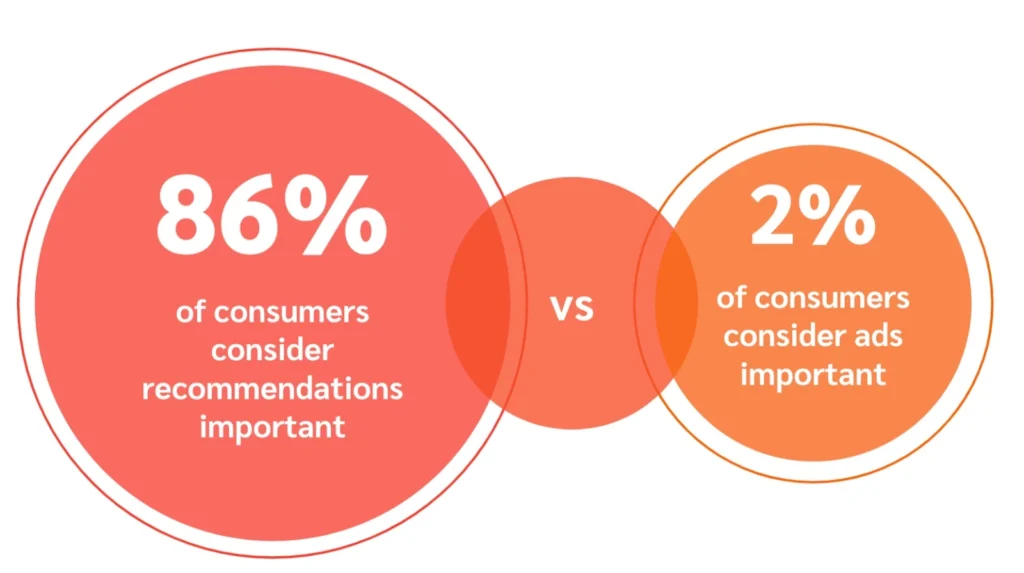
Source: Customer referral marketing research: A consumer perspective
How retail brands can implement these statistics into word-of-mouth marketing campaigns
- Deliver a product and experience worth talking about. Happy customers spread the word naturally. Regularly collect feedback to identify areas for improvement.
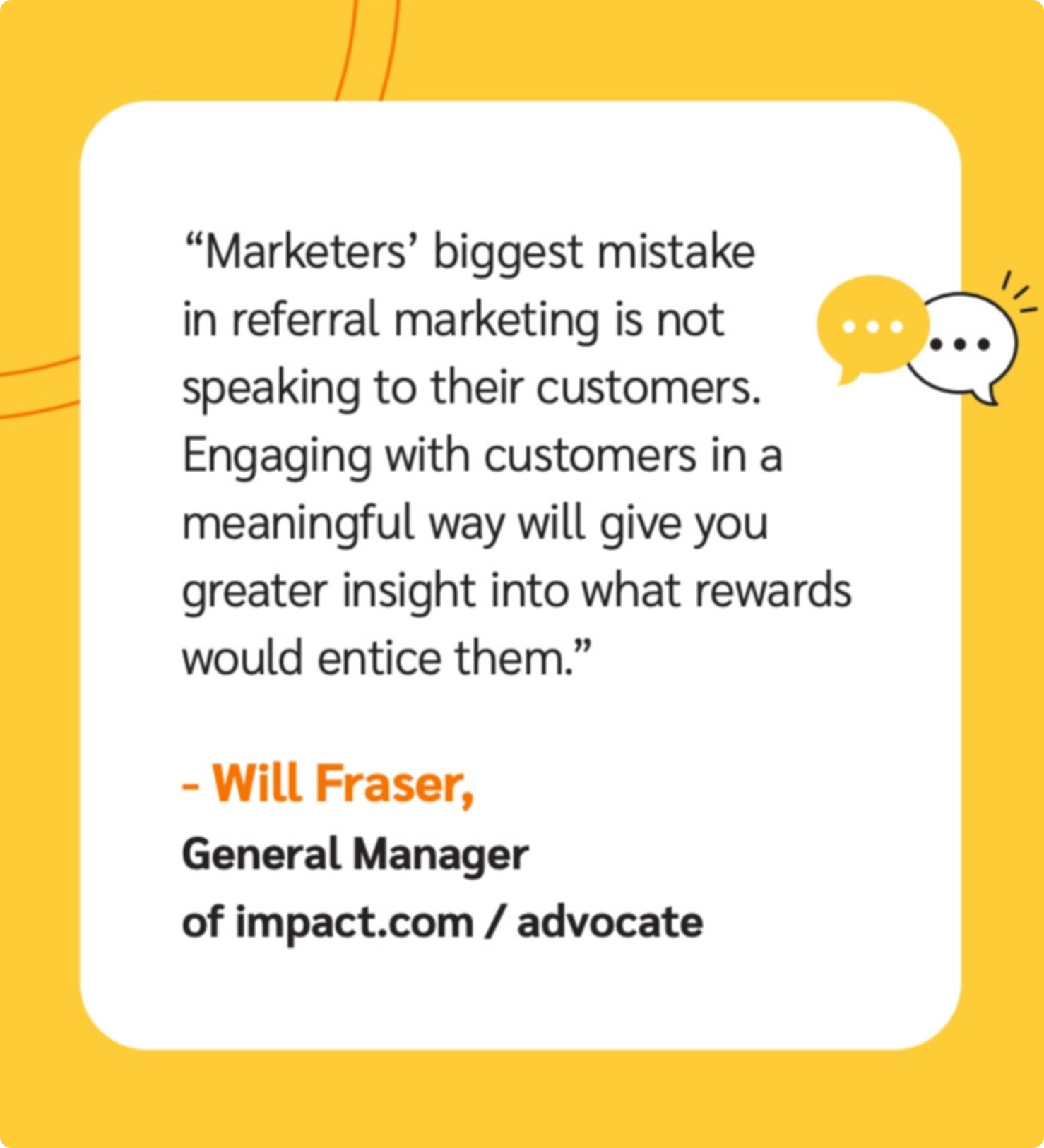
Source: Customer referral marketing research: A consumer perspective
- Invest in enticing referral programs. Make it easy and rewarding for satisfied customers to recommend your brand to others.
- Tap into the Know, Like, Trust (KLT) factor. Customers buy from brands they know, like, and trust—whether through personal recommendations or social proof. Build genuine relationships with your audience and encourage them to share their experiences.
Trust is the foundation of word-of-mouth marketing. A strong WOMM strategy helps you build that trust and turn customers into your best marketers.
3 Steps to spark and sustain word-of-mouth marketing campaigns
Word-of-mouth marketing doesn’t happen overnight. You need a strategy to encourage customers to talk about your brand and share their experiences.
Here’s how to build an effective word-of-mouth campaign:
1. Make engagement easy
Customers won’t spread the word if it’s complicated. The process must be simple, whether it’s a referral program, a rewards system, or simply encouraging organic recommendations.
Make it easy for customers to share links, leave reviews, or invite friends with just a few clicks. The less effort required, the more likely they’ll participate.
2. Motivate people to participate
Customers love sharing great products, but the right incentive makes them even more eager.
Offer rewards they actually want—discounts, exclusive perks, or even VIP status. Most of the 44 percent of consumers who participate in customer referral programs do so to earn incentives.
Gamify the experience by adding milestones or bonuses for top referrers. A little friendly competition can keep customers engaged and excited to keep sharing.
3. Drive revenue with a results-focused approach
A well-designed retail WOMM program helps you target key goals, whether it’s acquiring new customers, increasing order value, or improving retention.
To maximize impact, track performance, refine incentives, and adjust your strategy based on what’s working. The more you optimize, the more revenue you’ll generate through organic brand advocacy.
5 effective word-of-mouth marketing channels for retail
Word-of-mouth marketing extends beyond casual conversations, operating across multiple online and offline channels. Here are six strategic approaches retailers can implement to amplify customer recommendations:
Strategic WOMM channels for retailers
1. Referral programs with tangible rewards
Create structured programs that incentivize customers to recommend your brand through discounts, store credit, or exclusive perks. These rewards make customers feel valued while turning them into active brand advocates.
For example, Woof Pack has a double-sided referral program where customers and their friends get a discount on their next order. The win-win approach taps into pet owners’ enthusiasm for sharing great products with fellow dog lovers, driving organic growth while rewarding loyal customers.
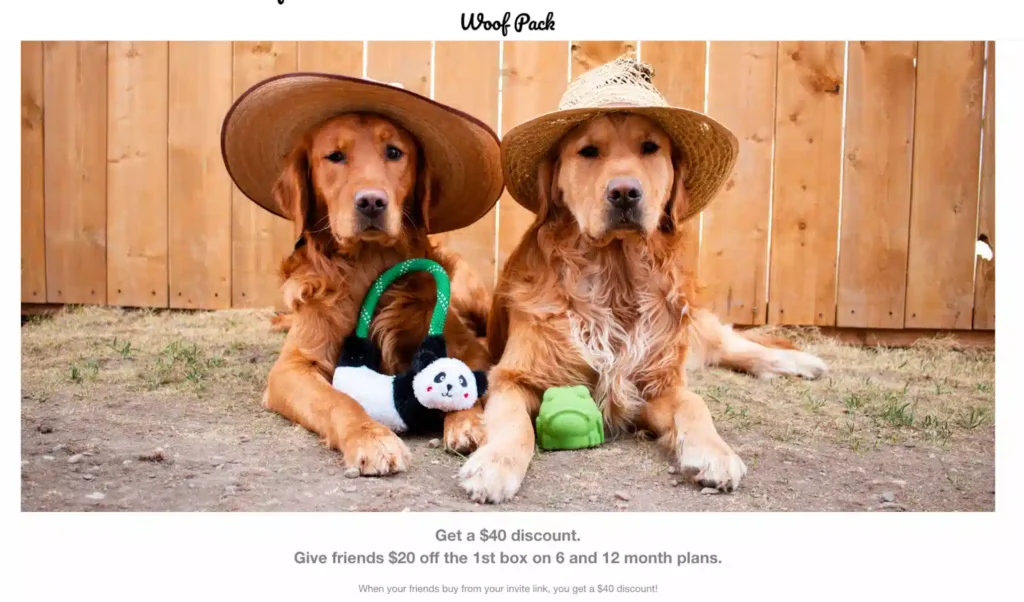
Woof Pack incentivizes customer referrals with a generous $40 discount for the referrer and $20 off for the next customer.
2. Engagement-focused events
Host in-person or virtual events like product launches, pop-up shops, and community gatherings that create shareable experiences.
In November 2024, H&M hosted a performance from Charli xcx in Times Square, New York City. The British singer wore a custom H&M look that sparked natural conversations around the brand, which was further amplified through social media promotion.

H&M hosted a performance from Charli xcx in Times Square, New York City.
3. Loyalty programs that encourage advocacy
Develop loyalty programs that drive repeat purchases and motivate customers to share their experiences.
Sephora’s Beauty Insider program turns everyday shoppers into brand advocates by offering tiered rewards, exclusive perks, and early product access. Customers feel valued and motivated to share their experiences through reviews, referrals, or social media.
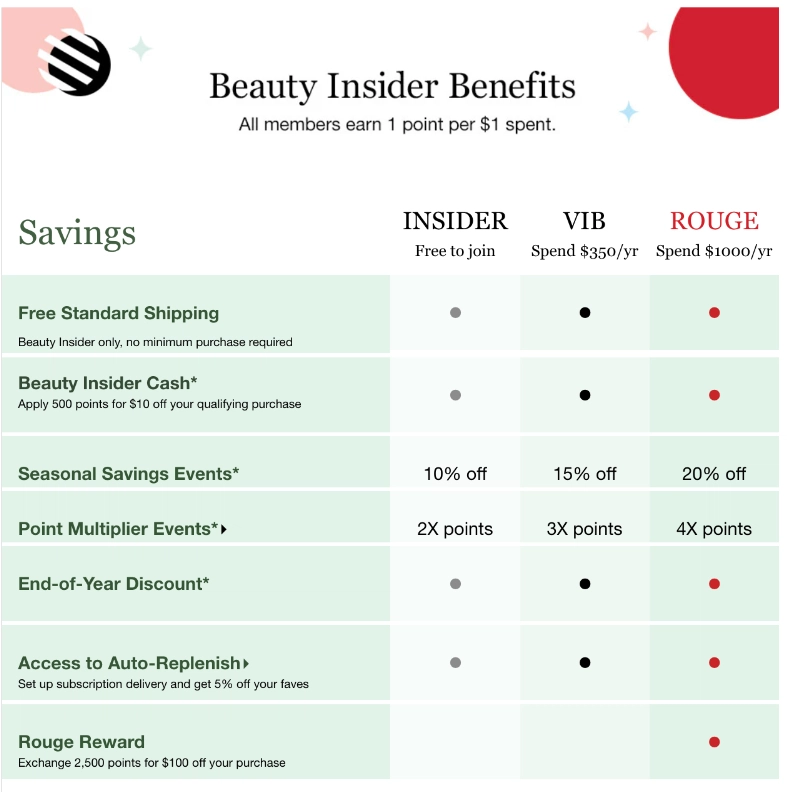
Sephora makes it easy for customers to see what they can exchange their loyalty points for.
4. Strategic social media and influencer partnerships
Leverage social platforms where word-of-mouth happens at scale. Partner with influencers, UCG creators, brand ambassadors, and existing customers to showcase your offerings.
Bowlero amplifies its brand reach through partnerships with content creators who showcase its vibrant, retro-modern bowling centers. This authentic content feels more genuine than branded materials, building trust and inviting others to join the fun of bowling.
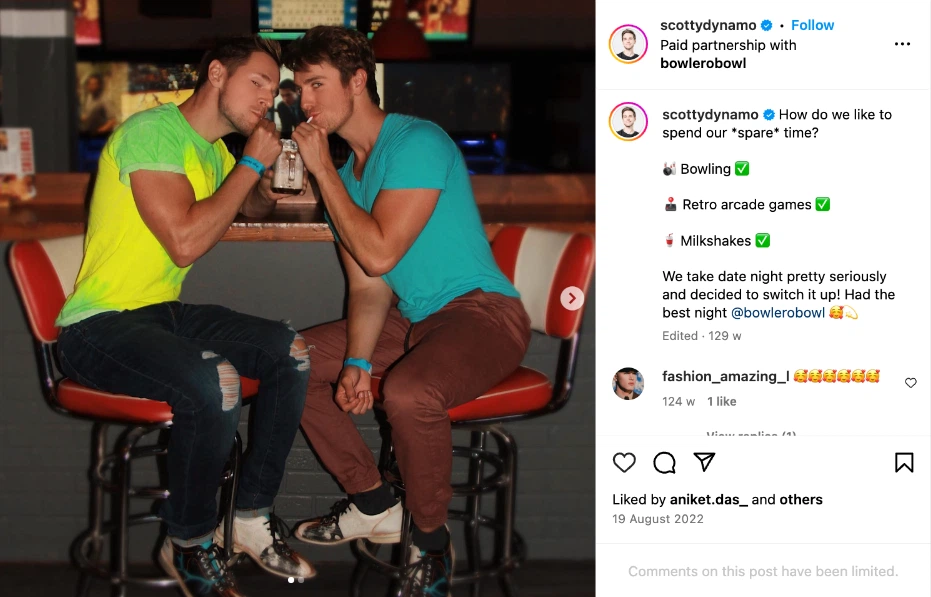
Bowlero gave bowling a new image with creator posts that encouraged conversations among their target audience.
5. Customer testimonials and reviews
Showcase authentic customer feedback across your digital and physical touchpoints. These real experiences build credibility, reduce purchase hesitation, and provide content that customers can reference when recommending your brand.
The Hyatt Hotel strengthens its reputation by actively gathering customer feedback from direct guest surveys and online reviews. Listening to customer needs helps the hotel chain improve service, quickly resolve issues, and encourage guests to share positive experiences.
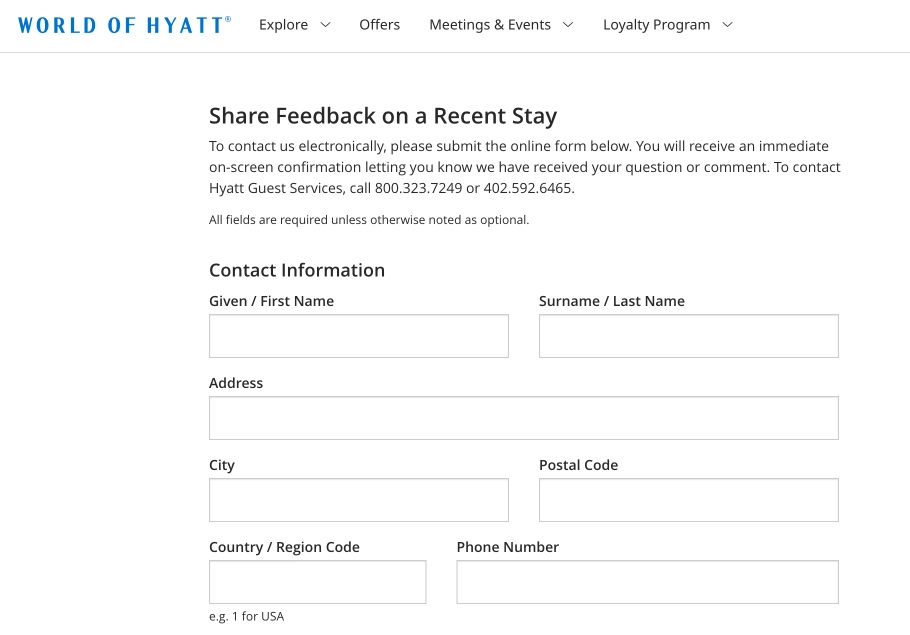
The Hyatt Hotel makes it simple for guests to share online feedback on a recent stay.
Create buzz and drive retail sales with word-of-mouth marketing
Word-of-mouth marketing helps retail brands build trust, attract new customers, and grow—without relying on expensive ads. People trust real recommendations from friends, family, and online reviews more than traditional marketing.
To make it work, focus on delivering great experiences, encouraging referrals, and using social proof. The best brands do more than sell products, they create experiences worth sharing.
Ready to make a scalable word-of-mouth marketing program for your retail brand? Sign up for a free demo of impact.com/advocate today.
Want to learn more about how customer referral and loyalty strategies can grow your business? Check out these resources:
- How to win back lost customers: 7 marketing tactics that rebuild customer loyalty [blog]
- 5 successful ecommerce referral programs and why they work [blog]
- How to switch to a new referral platform in 6 easy steps [blog]
- Top 6 customer referral marketing trends your brand can leverage in 2024 [blog]
- 7 referral marketing strategies to grow your retail business [+stand-out brand examples] [blog]
- Turn delighted customers into revenue-driving advocates [ebook]
- More than a pop-up: Building a customer referral program that scales [+ the tech that drives it [blog]
FAQs
Word-of-mouth marketing (WOMM) occurs when people naturally share recommendations about a brand, product, or service. It happens through conversations, reviews, social media, and referrals, and it is driven by trust and personal experience.
People trust recommendations from friends, family, and real customers more than ads. Word-of-mouth feels authentic, builds credibility, and influences buying decisions—making it one of the most powerful marketing channels.
Deliver great products and experiences that customers want to talk about. Encourage reviews, run referral programs, collaborate with influencers, and engage your audience on social media to spark organic conversations.








